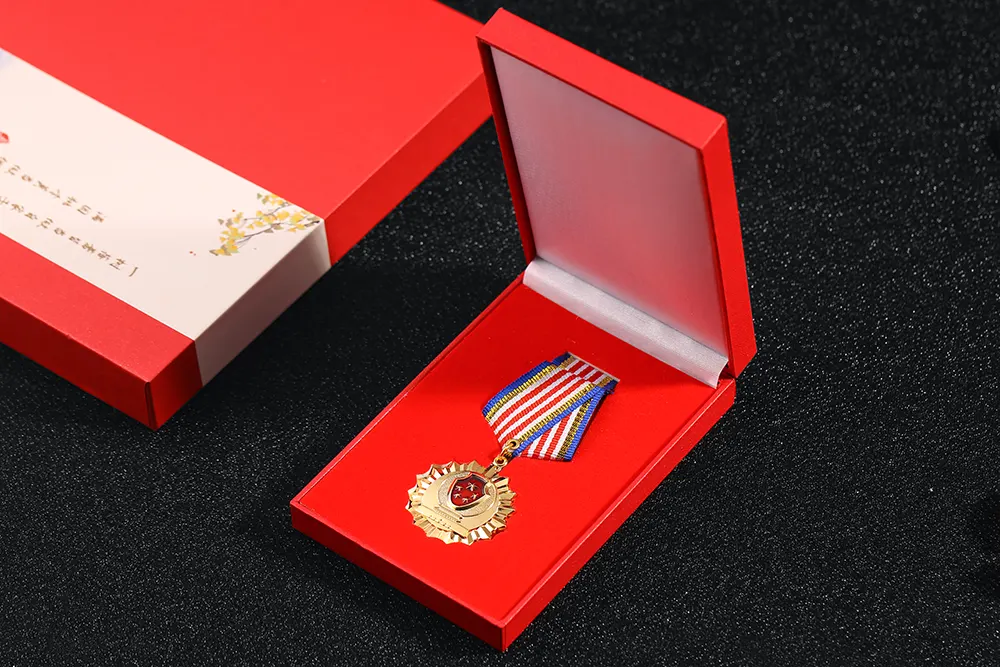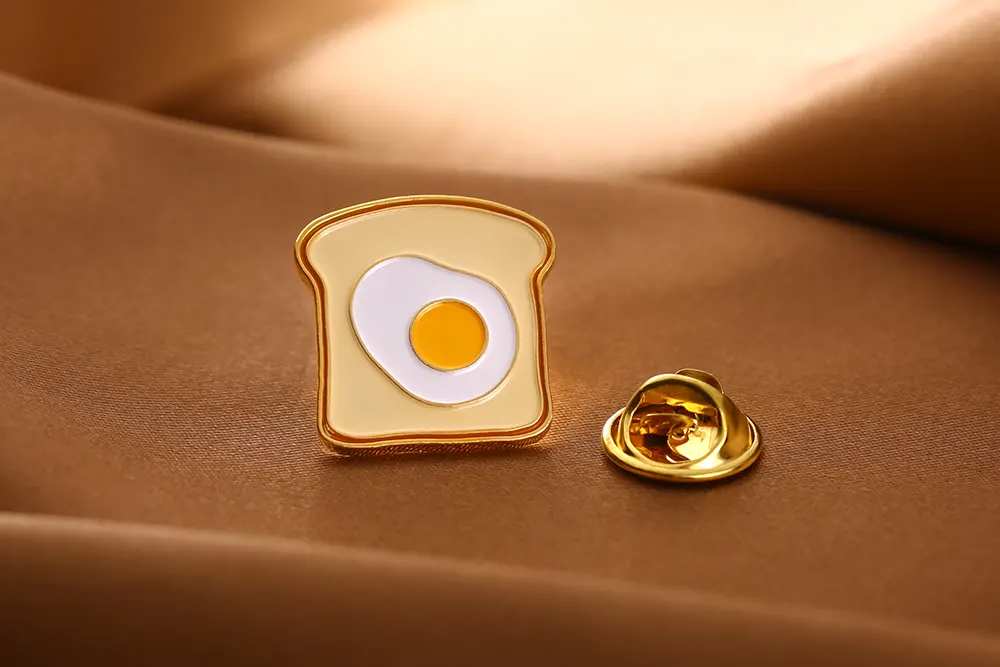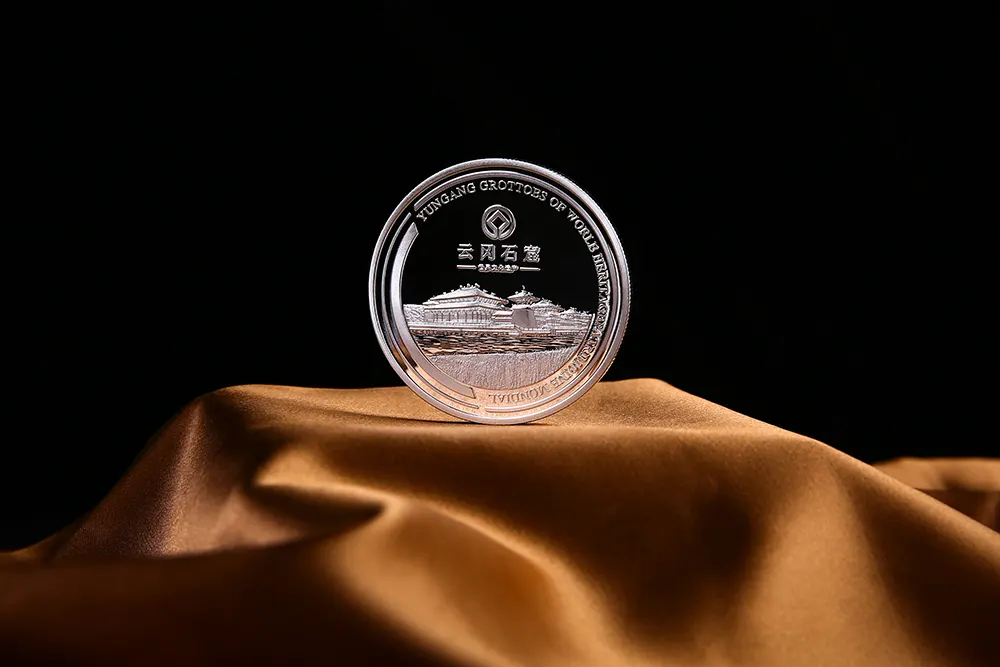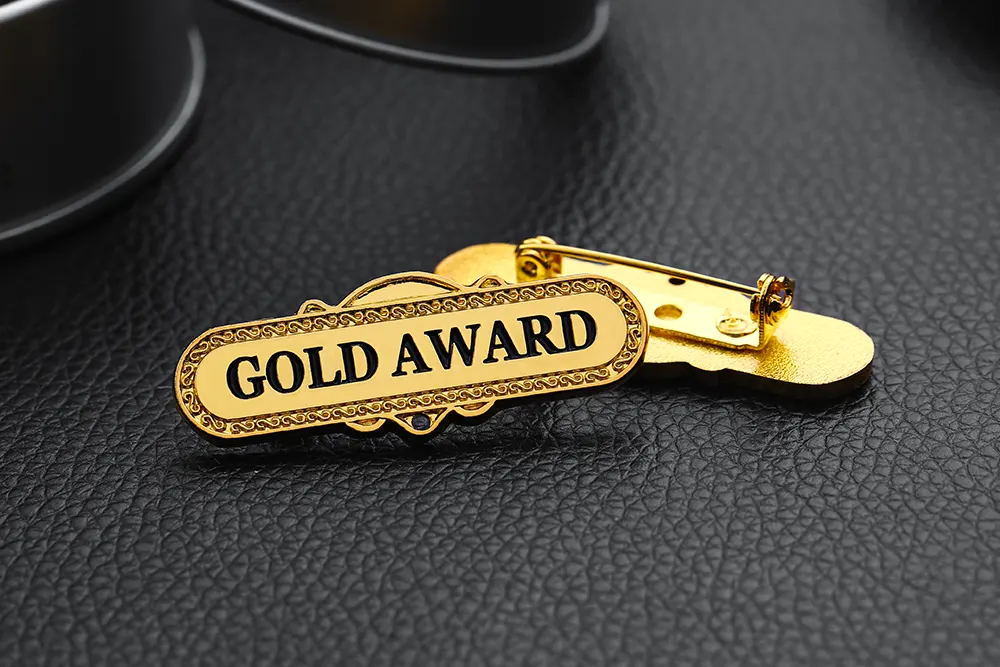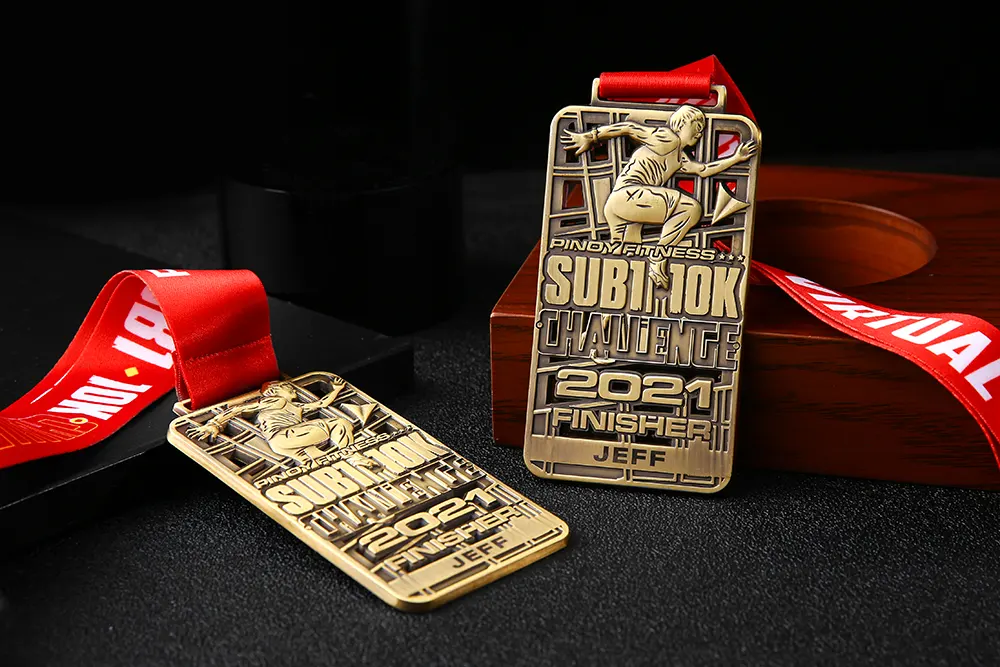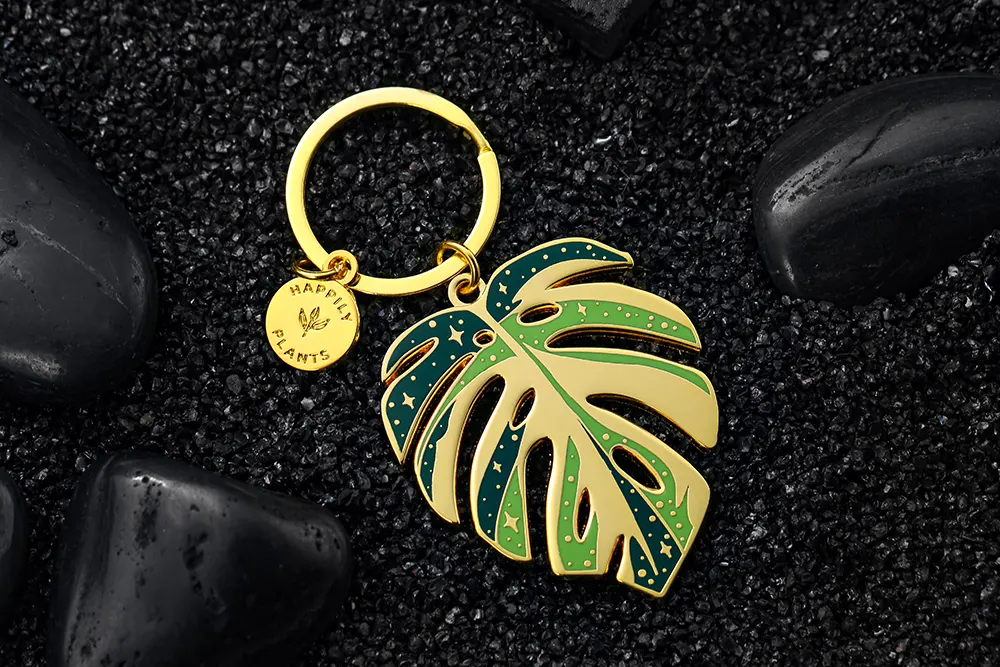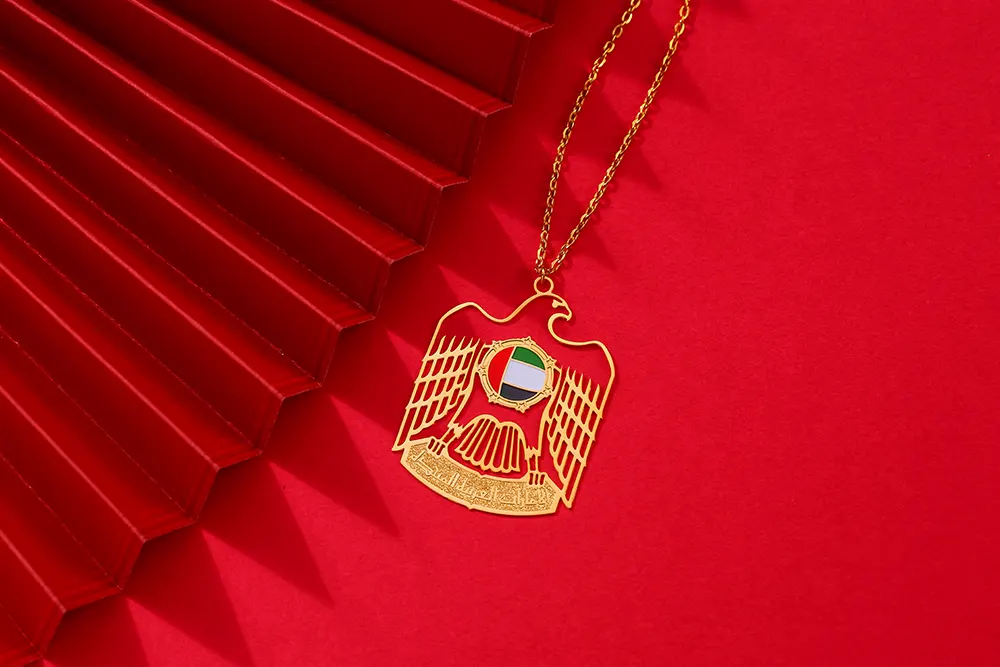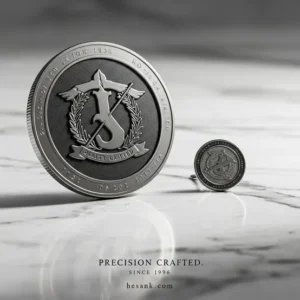Challenge coins have evolved from military traditions into cherished collectibles that tell powerful stories of service, achievement, and belonging. Whether you’re a veteran looking to display your earned coins or a collector fascinated by their intricate designs, understanding how to properly showcase and document these meaningful pieces is essential.
Why Visual Documentation Matters for Collectors
I started collecting challenge coins after my grandfather passed down his collection from his Navy service. At first, I simply kept them in a drawer, but I quickly realized that without proper documentation and display, I was losing track of their origins and significance. Creating a visual record transformed my collection from a jumbled assortment into a curated archive that preserves both the physical coins and their stories.
Photographing your collection serves multiple purposes beyond aesthetics. High-quality photos help with insurance documentation, authentication when buying or trading, and sharing your collection with fellow enthusiasts online. They also create a permanent record in case coins are lost or damaged over time.
Setting Up Your Display Space
The way you display challenge coins can dramatically impact how you appreciate and interact with your collection. Traditional shadow boxes remain popular because they protect coins from handling while allowing full visibility. These wooden or acrylic cases typically feature velvet backing and can be mounted on walls, turning your collection into functional art.
For those with larger collections, display cases with multiple rows offer efficient storage. Look for cases with individual coin slots that prevent pieces from touching and potentially scratching each other. Glass-topped display cases work well for coffee tables or desk surfaces, allowing you to view your collection while keeping it secure.
Coin albums and folders provide a portable alternative. These work particularly well for collectors who attend conventions or meetups and want to share their collection without transporting bulky display cases. Premium albums include pages with individual pockets and descriptive card slots where you can note each coin’s background.
Photography Tips for Capturing Your Collection
When photographing challenge coins, lighting makes all the difference. Natural indirect light works best for capturing true colors without harsh glare. Position coins near a window but out of direct sunlight, or use a lightbox if photographing indoors. Avoid using flash directly on coins, as metal surfaces will create hotspots that obscure details.
Take photos of both sides of each coin. Many challenge coins feature different designs on each face, and both sides contribute to the coin’s story. Use a neutral background like white poster board or black velvet to eliminate distractions and make the coin’s features stand out.
For detailed shots, get close enough to capture the intricate elements like text, emblems, and texture. Most challenge coins contain fine details that aren’t visible from a distance. If you’re using a smartphone, try using portrait mode or macro features to achieve sharp focus on the coin while blurring the background.
Organizing Your Digital Collection
Once you’ve photographed your coins, organization becomes crucial. Create a folder system on your computer with subfolders for different categories such as military branches, organizations, commemorative events, or years acquired. Name each file descriptively, including the unit or organization, year, and any distinguishing features.
Consider maintaining a spreadsheet alongside your photos. Include columns for the coin’s origin, date received, condition, estimated value, and any historical notes. This database becomes invaluable as your collection grows and you need to quickly reference specific pieces.
Building an Online Presence for Your Collection
Many collectors now share their acquisitions through dedicated social media accounts or collector forums. These communities offer opportunities to connect with other enthusiasts, learn about rare pieces, and even arrange trades. When sharing online, watermark your photos to prevent unauthorized use, especially for rare or valuable coins.
Collector forums often feature gallery sections where members can create threads showcasing their collections. These galleries serve as both personal archives and educational resources for newcomers. Experienced collectors frequently provide authentication help and historical context for unfamiliar pieces.
Preserving Condition While Displaying
Proper storage prevents deterioration that can diminish both appearance and value. Keep coins away from extreme temperatures and humidity, which can cause tarnishing or corrosion. If you live in a humid climate, consider using silica gel packets in your display cases to absorb excess moisture.
Handle coins by their edges rather than their faces to avoid transferring oils from your skin. For particularly valuable or antique pieces, use cotton gloves when handling. Never clean challenge coins with harsh chemicals or abrasive materials, as this can damage protective finishes and reduce collectible value.
Understanding What Makes Coins Gallery-Worthy
Not every coin needs to be displayed prominently. As your collection grows, you’ll naturally develop preferences for which pieces deserve featured placement. Limited edition coins, those with unique designs, or pieces with personal significance typically earn prime display spots.
Consider rotating your display periodically. This keeps your collection feeling fresh and allows you to appreciate different pieces throughout the year. Coins you’ve recently acquired or those tied to current events might take temporary prominence before being rotated into your general collection.
Creating a Personal Coin Gallery Experience
Your collection tells a story that’s uniquely yours. When arranging your display, think about the narrative you want to convey. Some collectors organize chronologically, showing their journey over time. Others group by theme, creating mini-exhibits around specific organizations or events.
Adding context enhances any display. Small plaques or printed cards describing each coin’s significance help visitors understand what they’re viewing. If you received a coin directly from someone, consider including a photo of that presentation or a brief note about the circumstances.
For collectors with extensive holdings, consider creating a signature piece from your favorite coin. Custom challenge coin displays can be designed around a single meaningful piece, with lighting and framing that elevates it to art-piece status.
Resources for Expanding Your Knowledge
The challenge coin collecting community is welcoming and knowledge-focused. Online forums, collector groups on social media, and specialized websites offer galleries where you can study thousands of different designs. These resources help you identify unknown coins in your collection and learn about the organizations they represent.
Military museums and veteran organizations often maintain galleries of historical challenge coins. Visiting these exhibits provides inspiration for your own displays and deepens your understanding of the tradition’s rich history.
Starting Your Documentation Journey
If you haven’t yet photographed or properly displayed your collection, there’s no better time to start than today. Begin with your most meaningful pieces and gradually work through your entire collection. The process of examining each coin closely, researching its background, and deciding how to present it will deepen your appreciation for these small but significant artifacts.
Remember that your collection is a living archive. As you add new pieces and learn more about existing ones, your display and documentation methods will naturally evolve. The key is creating a system that works for your lifestyle and collecting goals, whether that’s a simple photo album or an elaborate gallery wall.
Challenge coins represent moments of pride, service, and connection. By thoughtfully documenting and displaying them, you ensure these stories remain vivid for years to come.






